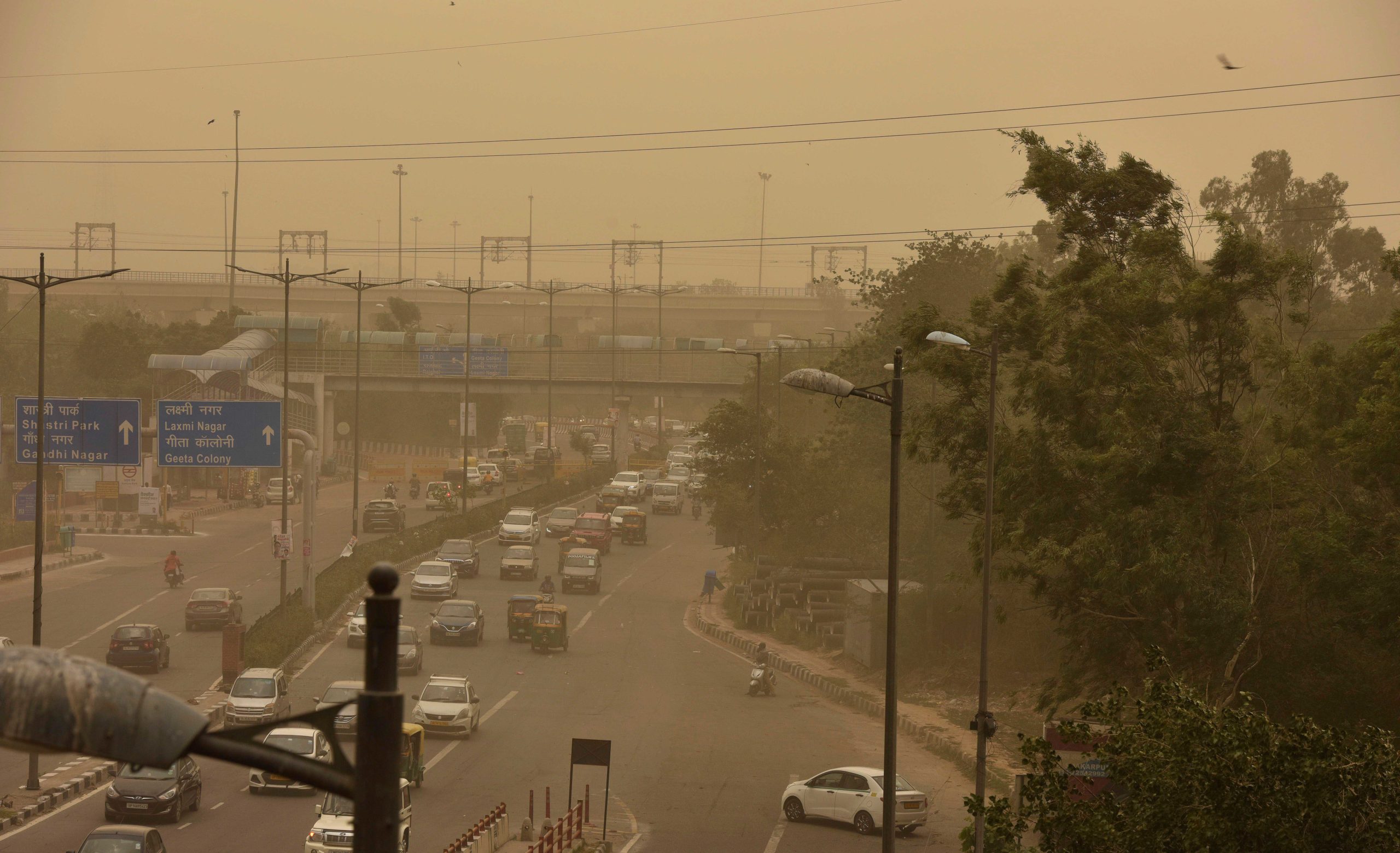The IMD has forecast a cloudy sky with the possibility of a dust storm and thunderstorm accompanied by gusty winds towards Tuesday night.
“We are observing dust-raising winds and dry weather, resulting in clear skies and a temperature rise. There’s a 50% chance of a dust storm affecting Delhi NCR late Tuesday night, with wind speeds reaching up to 45km/hr,” noted Kuldeep Srivastava, an IMD scientist.
Delhi’s air quality persisted as ‘poor’ for the fifth consecutive day on Tuesday, as dry and dusty winds continued to affect the national Capital, leading to an increase in PM10 (particulate matter) concentration.
On Monday, around 4pm, the AQI hovered at 247, as per data from the Central Pollution Control Board (CPCB).
There’s no immediate relief in the next three days, with the national Capital expected to experience a dust storm late Tuesday night, according to the India Meteorological Department (IMD).
Data from CPCB’s Sameer app revealed that out of the 37 operational ambient air quality monitoring stations in Delhi, 12 were in the ‘very poor’ category – with an AQI exceeding 300.
Shadipur recorded the highest AQI at 389 at 10 PM, inching towards ‘severe’. Following closely, west Delhi’s Mundka had an average AQI of 364 at the same time. The lowest AQI at that time stood at 144 (moderate) at Lodhi road.
The CPCB categorises AQI between 0-50 as “good”, 51-100 as “satisfactory”, 101-200 as “moderate”, 201-300 as “poor”, 301-400 as “very poor”, and over 400 as “severe”.
With this, Delhi has equaled the streak of five consecutive poor air days it experienced last May – between May 10 and May 14.
Delhi witnessed its cleanest April in the last six years, except for 2020 – a lockdown year, as per data shared by the Commission for Air Quality Management (CAQM) in NCR last week.
Delhi recorded only seven ‘poor’ air days throughout April, the lowest in the last six years. It has already experienced five poor days in the first week of May. (With inputs from PTI)





